(This revised version adds information about exhibit funders).
During a visit to Minnesota this summer, a Philadelphia man plans to continue his search to find out who helped his Latvian immigrant family when they arrived in the area about 76 years ago.

Displaced persons Otto and Erika Grunde and their sons, Juris (center) and Andris, arrived in Minnesota in 1950. They were sponsored by a couple from the St. Peter area.
“I don’t know who those sponsors were,” said Andris Grunde, who was 4 years old when he arrived in St. Peter in 1950.
Grunde and his wife, Inta, will be in Minneapolis over the Fourth of July weekend for a celebration of their heritage. While in the state, he plans to search historical archives for the names of a local couple who provided his family with a place to stay and his father with a job.
“Unfortunately, my parents were not good chroniclers. I know that my father was a farm worker (at St. Peter),” Grunde said.
Otto and Erika Grunde had been among the thousands who’d fled their homeland around 1944. The Baltic nation’s current occupier, Nazi Germany, was losing its grip on the country and at the same time, the Soviets were moving in to retake control of the country and its citizens.
“Latvians fled their homes in the middle of the night,” Grunde said.
He said his parents found themselves between “a rock and a hard place” as they moved first into Germany — where Grunde was born — then later to Britain.
In all, the Grundes spent four years in displaced persons camps.
The Allies assisted Latvians as well as citizens of the other Baltic states, Lithuania and Estonia, by offering safe haven in the form of refugee camps. Unable to return to their home countries, the refugees had to seek somewhere else to rebuild their lives and support their families.

Gustavus Adolphus College gardener Robert Strikis and his wife, Lizete, and their three children posed for The Gustavian Weekly in May 1949. Before the family was displaced from their homeland, Robert served the Latvian government as director of the State Horticulture Experiment Station. News clippings about the Strikis family are on display at the Treaty Site History Center.
Churches were among the organizations that invited displaced persons, or DPs, to come to Minnesota. At that time, the state was seeking ways to bolster its workforce.

Displaced Latvian artist Voldemar Gutmaris and his family pose for The Gustavian Weekly in May 1949, weeks after their arrival in St. Peter. News clippings about the Gutmaris family are on display at the Treaty Site History Center.
A one-room display at the Treaty Site History Center on the north edge of St. Peter explores the resettlement of European refugees in Minnesota at the end of World War II. Funders for the exhibit include the Council of Independent Colleges and the Andrew W. Mellon Foundation.
The exhibit is the result of research by several students at Gustavus, with the guidance of Pamela Conners, an associate professor of communication studies. “Welcome New Neighbors: Refugee Resettlement in Southwest Minnesota, 1948-1952” includes a documentary that helps explain those displaced persons’ situation and the U.S. government’s efforts to take in European refugees.
According to the exhibit’s introductory statement, the 1948 Displaced Persons Act required DPs to have evidence of a job offer and a place to live before they would be granted permission to come to the United States. The Minnesota Displaced Persons Commission coordinated with volunteer social agencies to identify sponsors for families emigrating from Europe.
Latvian DPs who arrived in St. Peter represented a diversity of talents, Conners said.
Local residents sponsored a baker and a shoe repairman as well as Latvians with backgrounds in the sciences and the arts. A handful of DPs established connections with the Gustavus Adolphus College campus during their stays. Operatic tenor Artur Cavara accepted a teaching position at the college, as did a former Riga University professor, Karlis Kaufmanis, who taught astronomy and mathematics to Gustavus students.
A wooden traveling trunk is one of the artifacts in the exhibit. Seventy-two years ago, it had been filled with the Grunde family’s belongings, then shipped to Gustavus, in care of a fellow countryman who was teaching art classes. Voldemar Gutmanis kept the steamer trunk safe until its owners reclaimed it.
“That trunk has been in my family since they came over in 1950,” Grunde said, who recently sent the heirloom back to St. Peter for display in the exhibit.
“It should be in a public place. Two or three generations from now, I don’t want it to be sitting in an attic somewhere and having them (his descendants) wondering what to do with it.”
Images and documents in the exhibit come primarily from the Lutheran Church Archives at Gustavus Adolphus College and the Minnesota Historical Society’s files on the Displaced Persons Program Files at the Minnesota Historical Society.

Pamela Conners
Pamela Conners
Many boxes of archived materials were examined during the research portion of the project, said Conners, who also tapped into Minnesota Historical Society resources.
Grunde stumbled upon online information about the exhibit while researching Minnesota for a July Fourth weekend trip. He had gone to Goggle to find out how far St. Peter was from the Twin Cities.

Andris and Ita Grunde, of Philadelphia, will celebrate their Latvian heritage at a Minneapolis festival over the Fourth of July weekend. During the couple’s Minnesota visit, Andris plans to come to St. Peter to seek information about a local couple who sponsored his parents when they were displaced persons.
“My wife and I participate in many (heritage) festivals. This year we will attend the Latvian Song and Dance Festival in Minneapolis.”
“Up popped Nicollet County Historical Society’s website ... It’s an interesting case of serendipity,” he said.
Grunde sent off an inquiry to the center’s research coordinator.
“Ruth Einstein emailed me back right away saying, ‘This is amazing.’”
Grunde intends to not only spend time in St. Peter doing family research, he plans to view the exhibit and meet with Conners.
“I want to see the town and so forth, and also to see what else Pam has found.”




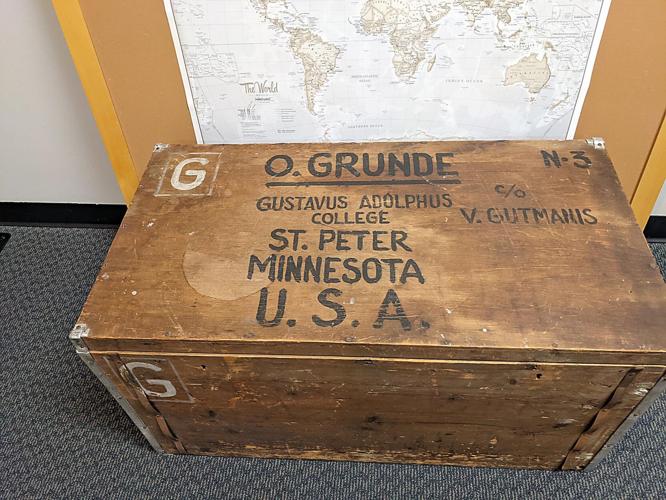

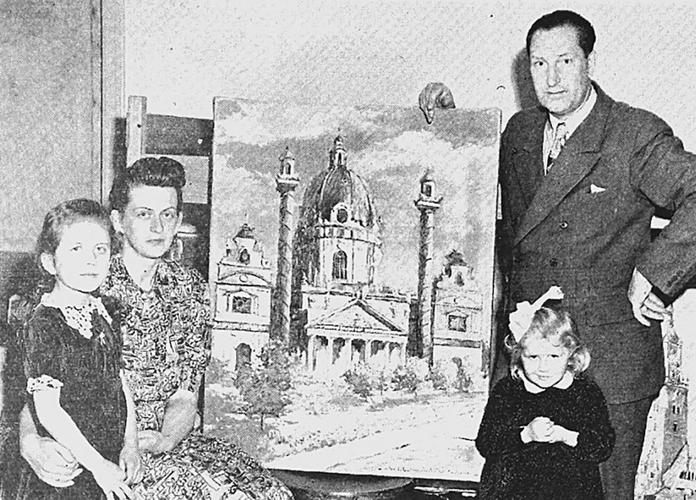



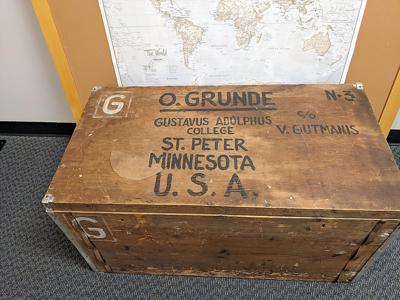
















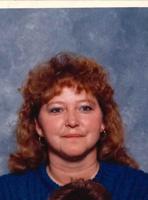
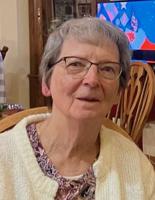
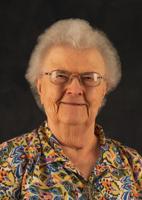
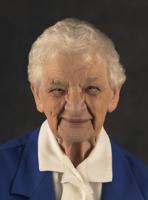


Commented
Sorry, there are no recent results for popular commented articles.